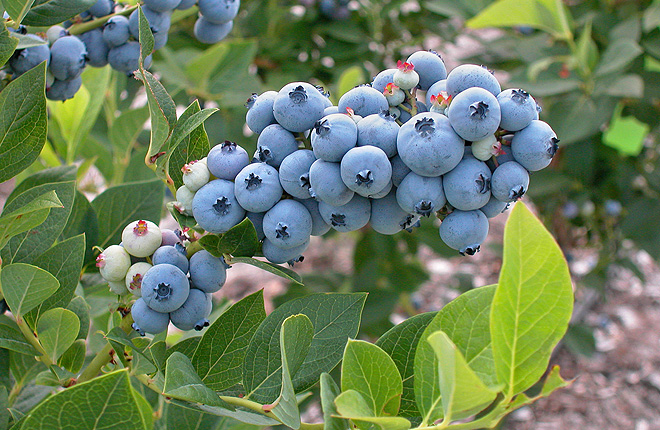Landscape Fun Fact of the Day:
There are close to 350 million Christmas Trees being grown in the U.S. on approximately 350,000 acres of land. The average Christmas Tree has been growing for 7 years and for every tree harvested, 1-3 seedlings are planted the following Spring.
Bonus Fact: Christmas Trees are a renewable, recyclable resource, and there are over 4,000 local Christmas Tree Recycling Programs throughout the U.S.
Quick question… What do landscapers do during the winter?
Do you know the answer?
Well there’s actually several answers, but I didn’t mean to make it a trick question.
The designers (office dwellers), such as myself, are mostly busy working on the designs of clients who planned ahead and called us in December or prior. These clients know that many outdoor living projects can take months to go through the process of designing, pricing, and getting permits (if needed). And by accomplishing these steps during the Winter, construction for these projects will be amongst the first to start in the Spring.
The guys doing the installation work Spring, Summer, and Fall will reverse course in the Winter and start removing stuff. No, not the plants and patios they installed the year before, but rather the snow and ice that is accumulating. Snow removal is a big part of the landscape industry and amongst the most expensive landscape equipment that a company can buy during the year are trucks and plows that are Winter ready. Additionally, crews don’t just go out when it starts snowing. Typical contract requirements for commercial properties require that you’re on site to spread salt before snow starts and be fully prepared before the snow does begin. A typical snow removal “event” will likely have crews on site for well over 12 hours at a time. And when not on snow duty (or sleeping before or after snow duty), crews will either perform installation work that isn’t impacted by the weather or come in to the shop to perform prep and maintenance work on equipment.
If you have any questions about winter related work, or would like to start the design process for your project, please feel free to reach out to us.






















:fill(transparent,1)/GettyImages-135592538-578fd6773df78c09e974229c.jpg)



